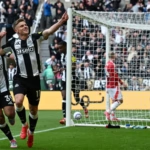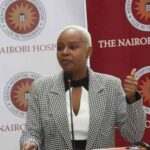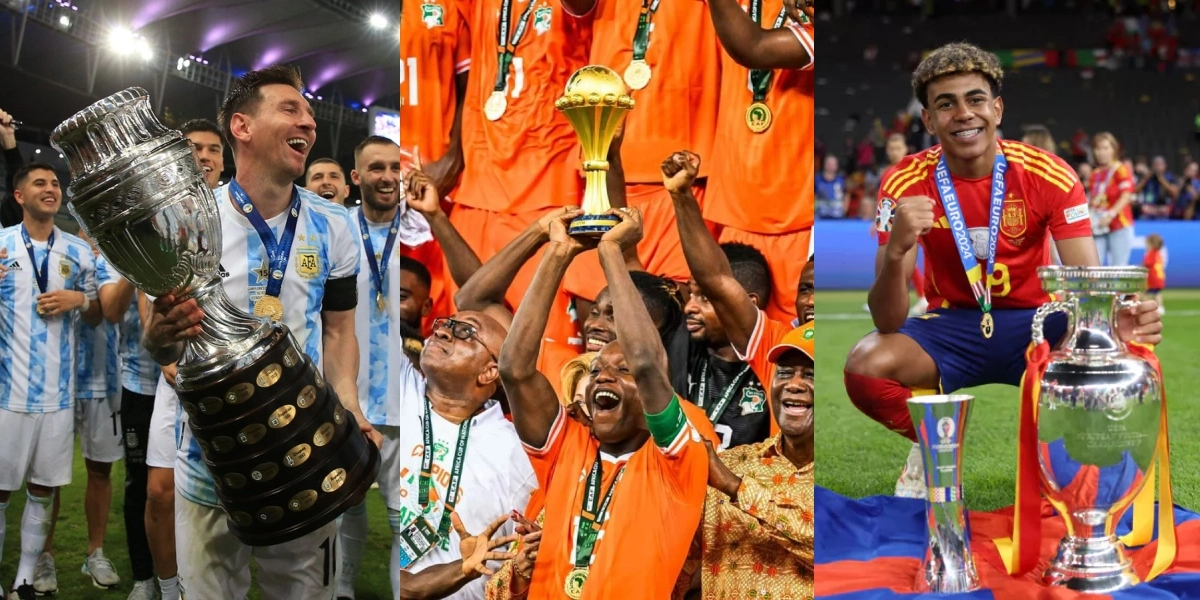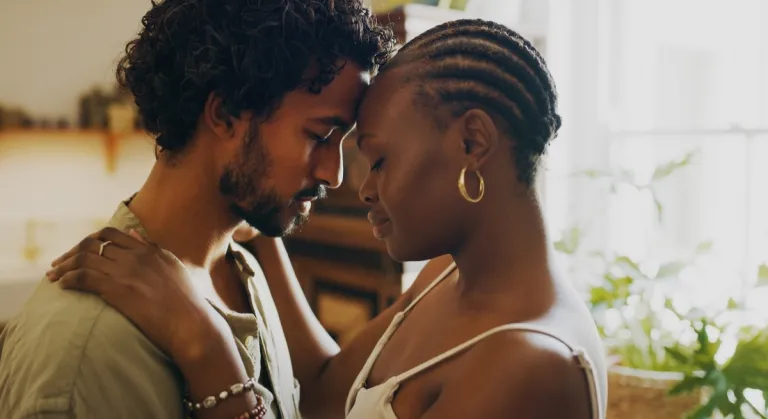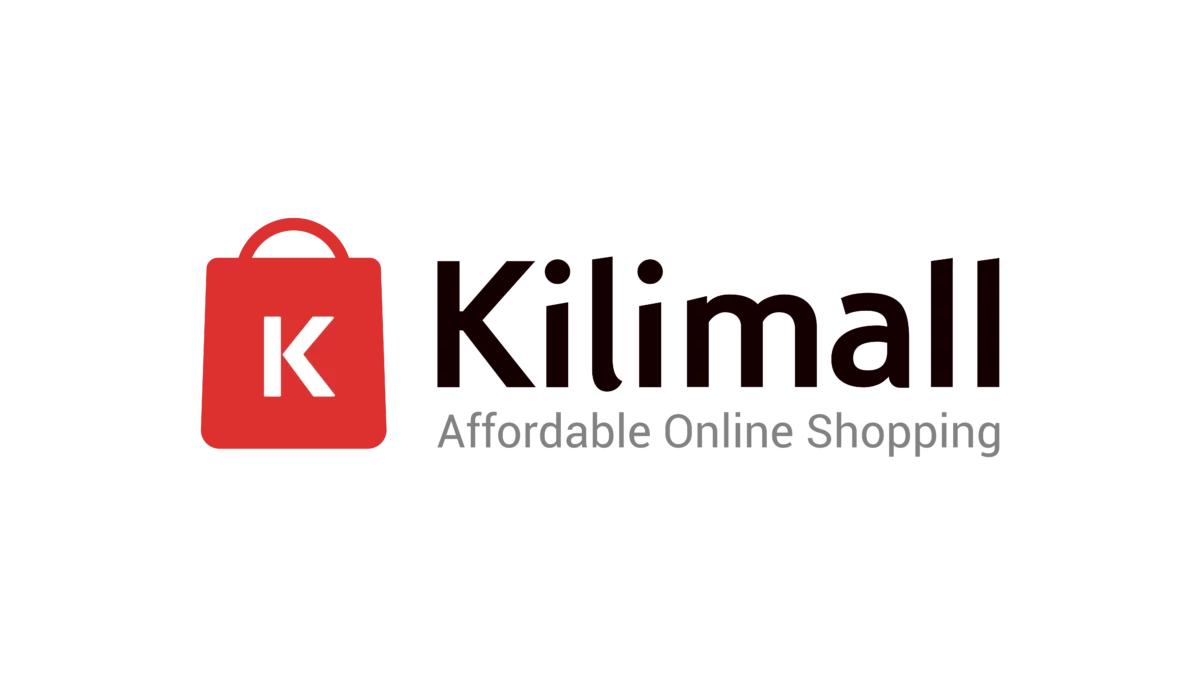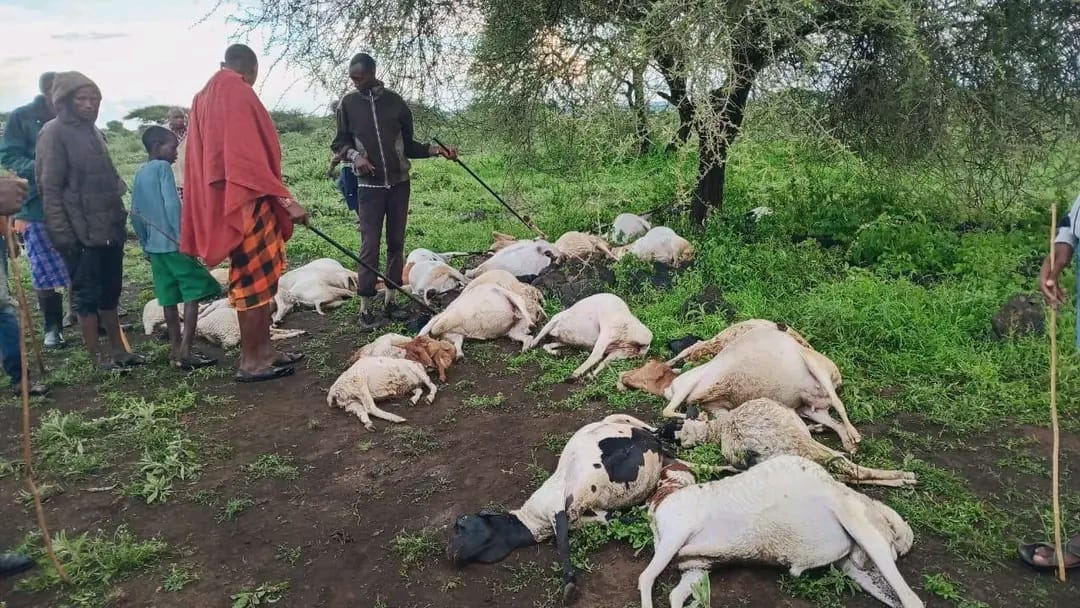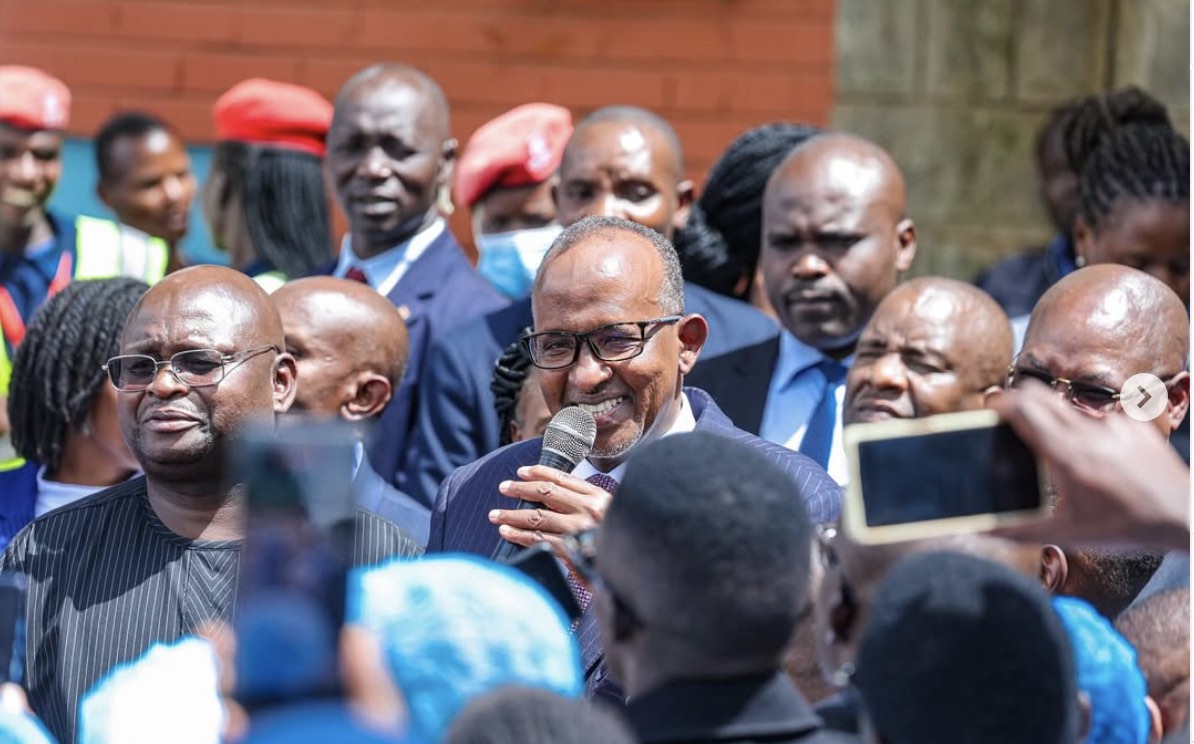Benson Kamau, a flower vendor, had been anticipating the busiest day of the year – Valentine’s Day – but his sales have been low.
“Before, sales were high compared to now. I think high taxes are the reason people are staying away,” he laments.
Kamau’s concerns are not unique. The Kenya Flower Council (KFC) reported in 2021 that the horticultural industry was worth Ksh 176.2 billion ($1.4 billion), with the value of cut flowers at Ksh 125.8 billion ($1 billion). However, despite this relative growth, the industry is struggling and facing an uncertain future.
“Between the year 2020 and the year 2022, within our membership alone, we have seen at least eight farms closing, and basically it’s because they cannot cope with the cost of doing business,”
The council cites the high costs of air freight, high taxation of the sector, and lack of access to tax returns as significant impacts on the industry. In 2021, the country exported 210,000 tonnes of cut flowers, despite the pandemic. However, in 2022, that figure dropped by 15,000 tonnes.
“There are too many taxes, too many levies that are implemented arbitrarily without the participation of the sector and which have an immediate impact,” says the council.
Horticulture was the country’s second-largest foreign exchange earner in 2021, with 40% of all flower exports sold in Europe. The council is ready to engage the government on possible solutions to avoid closures and maintain a competitive edge. However, with ongoing challenges, the future of Kenya’s once-blooming horticultural industry remains uncertain.


